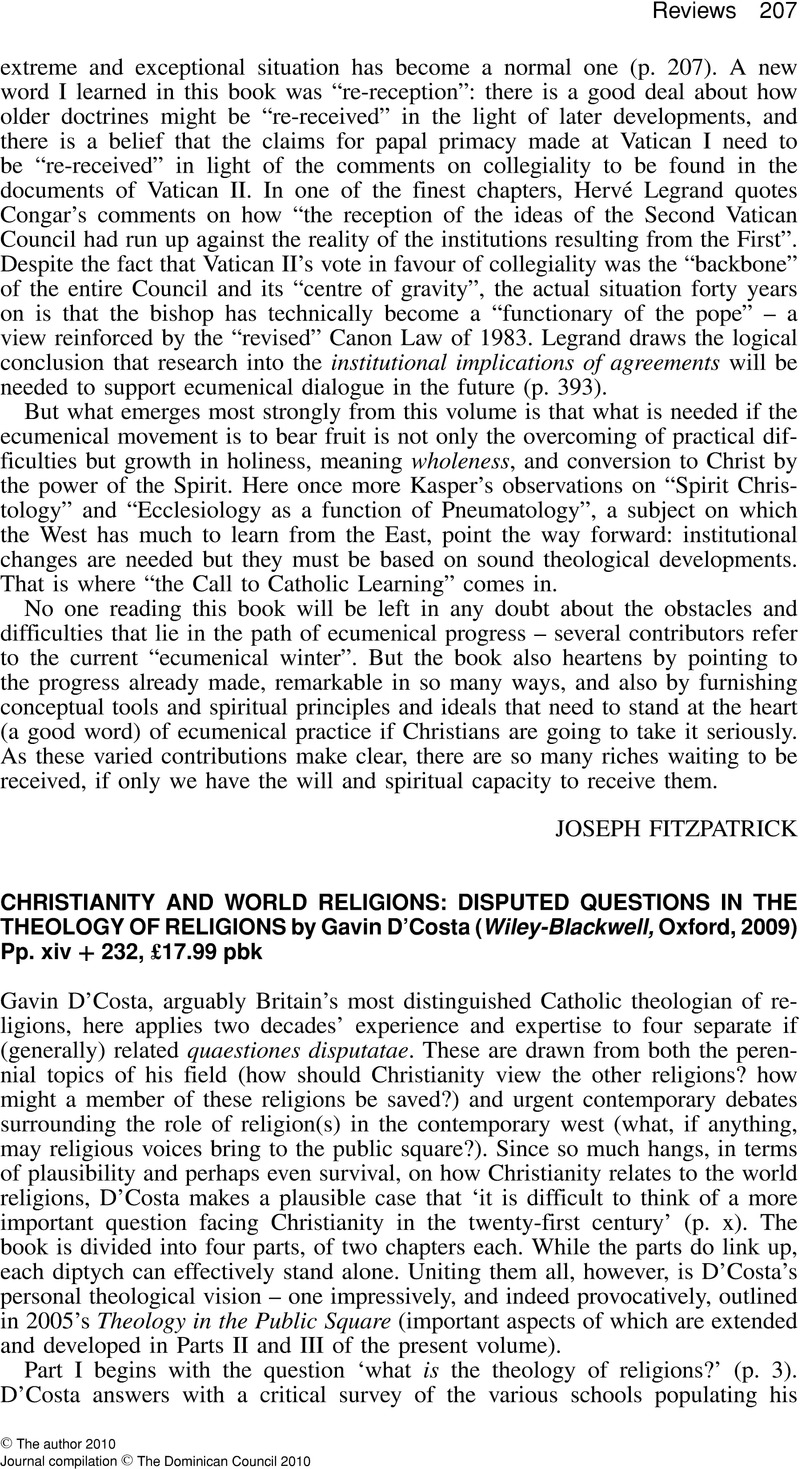Crossref Citations
This article has been cited by the following publications. This list is generated based on data provided by Crossref.
Riadi, Selamat
Purba, Arief Marizki
Supratikta, Hadi
Asrori
and
Nasution, Lokot Zein
2024.
The Visit of Pope Francis: An Inter-theological Perspective in Strengthening Bilateral Relations and Tolerant Religious Life in Indonesia.
Pharos Journal of Theology,



